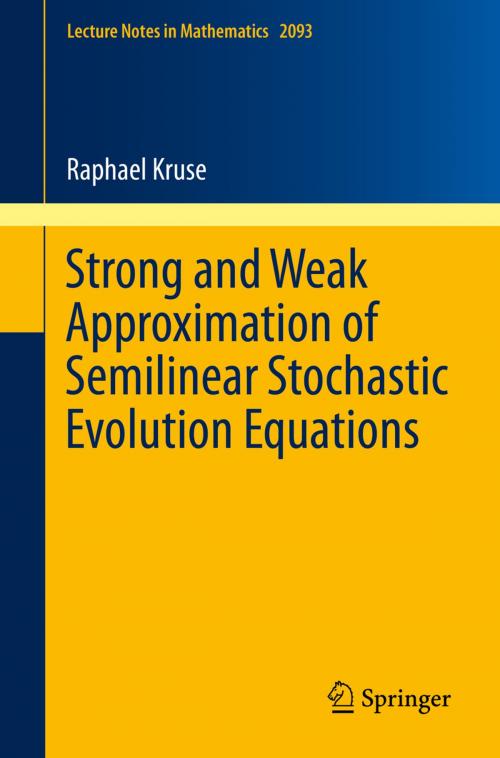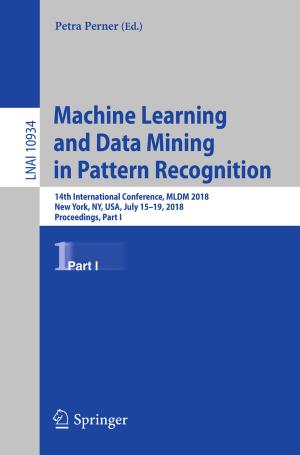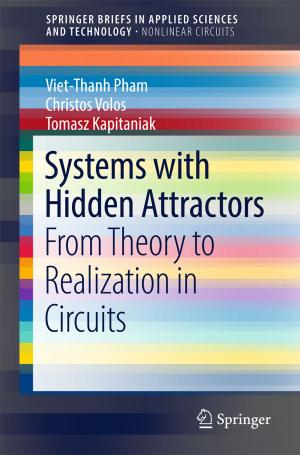Strong and Weak Approximation of Semilinear Stochastic Evolution Equations
Nonfiction, Science & Nature, Mathematics, Number Systems, Statistics| Author: | Raphael Kruse | ISBN: | 9783319022314 |
| Publisher: | Springer International Publishing | Publication: | November 18, 2013 |
| Imprint: | Springer | Language: | English |
| Author: | Raphael Kruse |
| ISBN: | 9783319022314 |
| Publisher: | Springer International Publishing |
| Publication: | November 18, 2013 |
| Imprint: | Springer |
| Language: | English |
In this book we analyze the error caused by numerical schemes for the approximation of semilinear stochastic evolution equations (SEEq) in a Hilbert space-valued setting. The numerical schemes considered combine Galerkin finite element methods with Euler-type temporal approximations. Starting from a precise analysis of the spatio-temporal regularity of the mild solution to the SEEq, we derive and prove optimal error estimates of the strong error of convergence in the first part of the book.
The second part deals with a new approach to the so-called weak error of convergence, which measures the distance between the law of the numerical solution and the law of the exact solution. This approach is based on Bismut’s integration by parts formula and the Malliavin calculus for infinite dimensional stochastic processes. These techniques are developed and explained in a separate chapter, before the weak convergence is proven for linear SEEq.
In this book we analyze the error caused by numerical schemes for the approximation of semilinear stochastic evolution equations (SEEq) in a Hilbert space-valued setting. The numerical schemes considered combine Galerkin finite element methods with Euler-type temporal approximations. Starting from a precise analysis of the spatio-temporal regularity of the mild solution to the SEEq, we derive and prove optimal error estimates of the strong error of convergence in the first part of the book.
The second part deals with a new approach to the so-called weak error of convergence, which measures the distance between the law of the numerical solution and the law of the exact solution. This approach is based on Bismut’s integration by parts formula and the Malliavin calculus for infinite dimensional stochastic processes. These techniques are developed and explained in a separate chapter, before the weak convergence is proven for linear SEEq.















